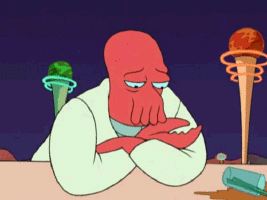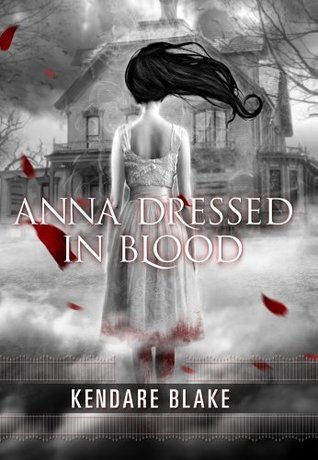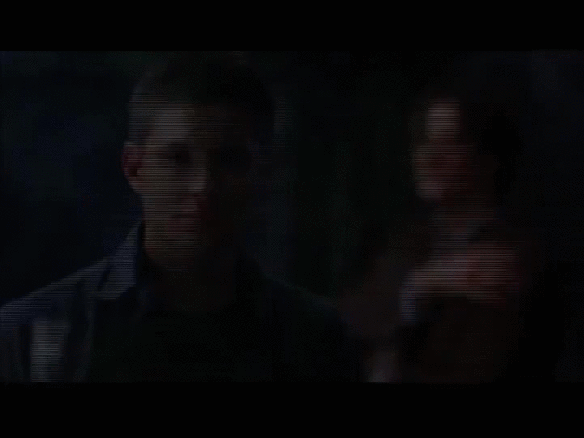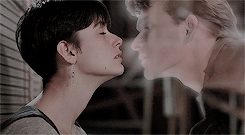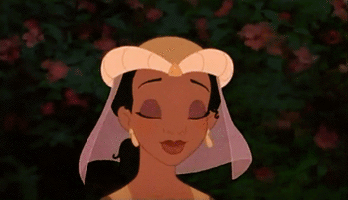![33099588[1]](https://brsanders.files.wordpress.com/2018/01/330995881.jpg?w=584)
Notes on Diversity/Inclusion
The inclusiveness of The Black Tides of Heaven was, honestly, a big draw for me. I’d heard about Yang’s approach to gender and gender fluidity as a piece of the worldbuilding before I knew much else about the novella, and that was one reason I picked it up.*
The Black Tides of Heaven is populated with Asian characters with an inclusive and expansive understanding of gender. You are a kid, and then you grow up and decide what your gender is, and then it is confirmed–sometimes just socially, and sometimes both socially and medically. It’s worth noting that the author, J.Y. Yang, is Asian and non-binary.
Content Warnings
- Character death
- Terrorism
- some gender dysphoria (when Akeha considers what life would be like were he to declare himself a woman)
- An act that reads as a suicide
Review
Akeha and Mokoya are twins born to fulfill a debt. The Protector, who keeps her nation dependent on Slack magic, sends them to a monastery in order to drive another child into greater magical proficiency. So sets the stage: the young twins are little more than their mother’s pawns. All the nation is in her hands. But Mokoya has a great, burgeoning talent: she can see the future. As they grow up together in the monastery, Mokoya with her talent, and Akeha in her shadow, their paths diverge. Mokoya is drawn closer to her mother, her gift used for political gain. And Akeha slips out of his mother’s watchful gaze. He finds his way to the Machinists, the rebels, and with them, stands against his sister.
Yang can write, and do so beautifully:
Akeha was not used to watching their twin speak delicately, putting down their words as if they were stacking porcelain cups.
Check this out:
His supplier was a praying mantis of a man he had met in a narrow alley in Cinta Putri.
There are gems like this on nearly every page. I loved the way this novella was written. But the summary above makes the novella sound linear and easy to parse. It isn’t. There are pages of things that happen that go nowhere, then the plot lurches ahead, and I wasn’t sure exactly how or why. There was gorgeously written worldbuilding exposition, then some character development, then a burst of plot that felt like it came out of nowhere. The book just had a very strange rhythm to it, and I felt like I never quite got the hang of it. I never quite settled in, despite the lovely prose.
An example is the way the relationships were developed. Akeha’s especially, since Akeha was the main protagonist. Akeha was paired briefly with Thennjay, who for pages and pages was caught in a whirlwind romance with Akeha’s sister, Mokoya. Since the moment Thennjay met Mokoya, the two of them are fawning over each other. Akeha is gnashing his teeth in the background, because at this point in the story, he hasn’t confirmed a gender, and is pissed that his sister is using feminine pronouns for herself around Thennjay. He feels weird and excluded. He doesn’t trust this dude. And also future vision reasons for not trusting this dude.
Eventually, Akeha is confirmed a man and decides to leave everything he knows. Thennjay comes to say goodbye. He is like ‘hey you should stay.’ And then things ALL OF A SUDDEN TURN ROMANTIC. I did not see this coming at all.
![giphy[1]](https://brsanders.files.wordpress.com/2018/01/giphy1.gif?w=584)
The reason I am going into such great detail about Akeha and Thennjay is because it happens again. Akeha goes on to meet a man named Yeongcheow in his journeys. Yeongcheow has mad connects. He and Akeha start traveling together. They talk about religion and fallen freinds. They meet new allies. They fight together. Swell!
Much later, in the dark where they lay in bed, skin to skin…
![giphy[1]](https://brsanders.files.wordpress.com/2018/01/giphy11.gif?w=584)
When did they hook up? I ended up furiously flipping back, looking for things I’d missed. Little things like this kept happening. When did I miss the gender confirmation for Mokoya’s daughter? When did I miss this key plot point? When did I miss this character’s introduction? There was loving detail about places and elements of the Slack, but character elements were just dropped into the book in a way that felt very frustrating and disorienting to me.
I got a wonderful sense of the world and how it works. I understand what the Slack is, kind of, and who can use it. I understand the dangers of its restricted use and what it means for the denizens of this world. I loved the conception of gender and the use of Slack for gender confirmation! But the characters were dolls moved around in this beautiful world. The plot was a shadowplay. And that made the book unsatisfying for me.
Takeaway & Rating
I wanted to love this novella and didn’t. The writing is lovely. The worldbuilding is careful and fascinating. But the characters are flat and confusing, leading to a plot that is both shallow and convoluted.

*As a note, I’m not entirely sure how this colored my reading or review of the novella. I actually prefer to get a rec, then read the either blind to the contents or totally spoiled, not halfway in between like this. It sets up impossible expectations.

![18044277[1]](https://brsanders.files.wordpress.com/2017/12/180442771.jpg?w=584)
![giphy[1]](https://brsanders.files.wordpress.com/2017/12/giphy13.gif?w=584)
![giphy[1].gif](https://brsanders.files.wordpress.com/2017/12/giphy14.gif?w=584)
![giphy[1]](https://brsanders.files.wordpress.com/2017/12/giphy15.gif?w=584)
![33958230[1]](https://brsanders.files.wordpress.com/2017/12/339582301.jpg?w=584)
![giphy[1]](https://brsanders.files.wordpress.com/2017/12/giphy1.gif?w=584)

![26792189[1]](https://brsanders.files.wordpress.com/2017/12/267921891.jpg?w=584)



